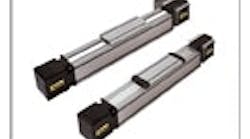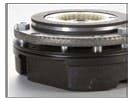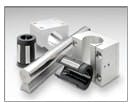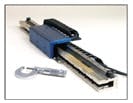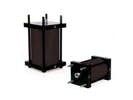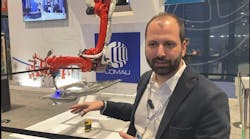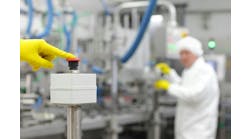Building a motion system that’s heavily reliant on mechanical components can be simple or complex. A few vendors that specialize in mechanical motion components explain what the future holds for these devices that are used everywhere from packaging and transportation to factory automation machines and systems.
Chris Blaszczyk, manager of product development at Misumi (misumiusa.com), says: “Configurable mechanical motion systems now are a reality. Many suppliers are developing assembled systems from their existing stocked products. In addition, the configurable component allows the engineer to specify the critical dimensions of a component in millimeter increments or less. Together, the configurable component and configurable-system concepts are making the machine build and design a quicker, more cost-efficient process. A company can procure a large variety of machined components, such as shafts, linear guides and precision washers, which can be configured without creating a manufacturing drawing.”
Clint Hayes, product marketing manager, Bosch Rexroth Linear Motion and Assembly Technologies (boschrexroth-us.com), says: “As companies strive to increase levels of accuracy in manufacturing, they have begun to replace pneumatic cylinders with electromechanical cylinders, especially in assembly, metalworking, wood manufacturing, packaging and material handling.” In many cases, electromechanical cylinders can provide more control and higher thrust forces than pneumatics can, without the added cost of air handling.
“There is a continuing demand for speed in system-level machine design,” says James Marek, business unit manager, Thomson Systems, Danaher Motion (danahermotion.com). “Combined with an economy that is driving lean business practices, the result is a demand on the supply chain to provide services that were once integral to the OEM. The critical initial phase of the design cycle includes component sizing and selection, engineering analysis, CAD model generation and material procurement. Companies that are leading their respective industries are both timely and cost-effective in developing prototype systems that wow their customers and win the contract. In the mechanical motion component industry, we should see more powerful software tools available to machine designers. These tools will provide services and collateral that will enable engineers to navigate these critical phases of the initial machine build.”
864-297-4800
Dedicated Automation
Hydraulic and pneumatic linear actuators catalog includes individual pneumatic robotic modules and sections for jigs, fixtures, general-purpose tooling and other applications.
Mack Corp.
928/526-1120
Quiet as a Mouse
MagShift solenoids have no impact among their moving parts. In power-on mode, noise will measure below 40 dBA, including end-of-travel stop. When the unit reaches end-of-travel position, there is no impact force, which eliminates vibration and minimizes noise. Their construction eliminates residual magnetism that can impede performance and allows the same assembly to be configured as a push or pull solenoid for system flexibility.
Saia-Burgess
937/454-2345
Continue Reading
Sponsored Recommendations

Leaders relevant to this article:
